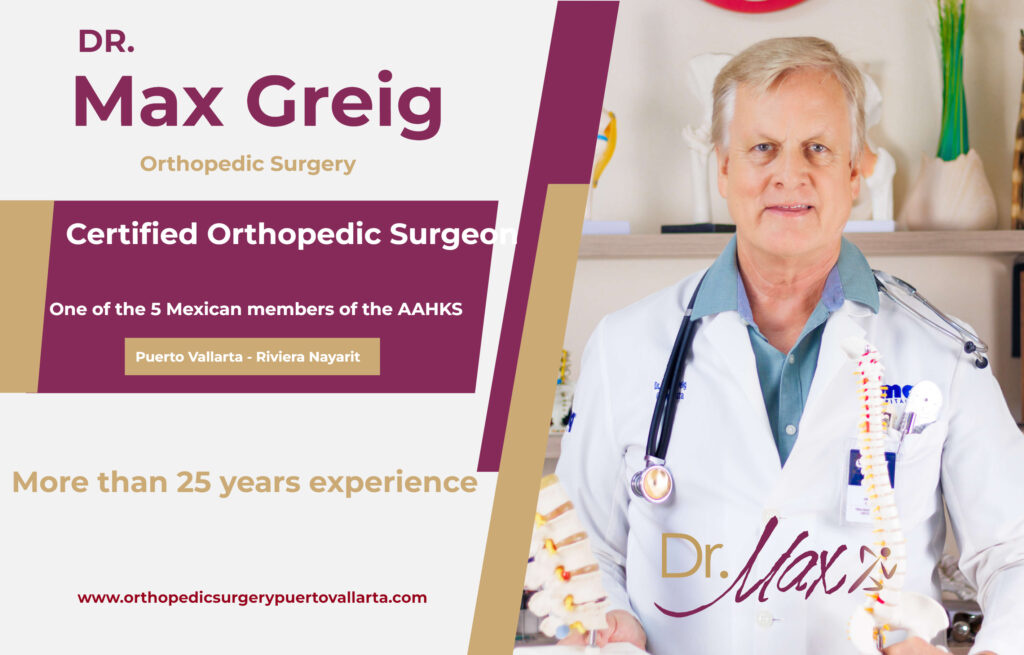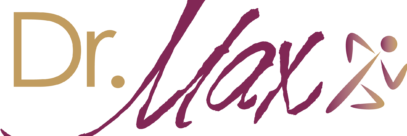Herniated Disk Surgery & Treatments
Puerto Vallarta & Riviera Nayarit
When people say they have a “slipped” or “ruptured” disk in their neck or lower back, what they are actually describing is a herniated disk a common source of pain in the neck, lower back, arms, or legs.
Cause
A disk herniates or ruptures when part of the center nucleus pushes through the outer edge of the disk and back toward the spinal canal. This puts pressure on the nerves. Spinal nerves are very sensitive to even slight amounts of pressure, which can result in pain, numbness, or weakness in one or both legs.
Risk Factors
In children and young adults, disks have high water content. As people age, the water content in the disks decreases and the disks become less flexible. The disks begin to shrink and the spaces between the vertebrae get narrower.
Conditions that can weaken the disk include:
Improper lifting
Smoking
Excessive body weight that places added stress on the disks (in the lower back)
Sudden pressure (which may be slight)
Repetitive strenuous activities
Symptoms

Lower Back
Low back pain affects four out of five people. Pain alone is not enough to recognize a herniated disk. See your doctor if back pain results from a fall or a blow to your back. The most common symptom of a herniated disk is sciatica a sharp, often shooting pain that extends from the buttocks down the back of one leg. It is caused by pressure on the spinal nerve.
Other symptoms include:
Weakness in one leg. Tingling (a “pins and needles” sensation) or numbness in one leg or buttock.
Loss of bladder or bowel control (if you also have significant weakness in both legs, you could have a serious problem and should seek immediate attention).
A burning pain centered in the back

Neck
As with pain in the lower back, neck pain is also common. When pressure is placed on a nerve in the neck, it causes pain in the muscles between your neck and shoulder (Trapezius muscles). The pain may shoot down the arm. The pain may also cause headaches in the back of the head.
Other symptoms include:
Weakness in one arm. Tingling (a “pins and needles” sensation) or numbness in one arm
Loss of bladder or bowel control (if you also have significant weakness in both arms or legs, you could have a serious problem and should seek immediate attention)
Burning pain in the shoulders, neck, or arm

Diagnosis
To diagnose a herniated disk, Dr. Greig will ask for your complete medical history. Tell him if you have neck/back pain with gradually increasing arm/leg pain. Inform Dr. Greig if you were injured.

A physical examination will help to determine which nerve roots are affected (and how seriously)
A simple X-ray may show evidence of disk or degenerative spine changes
MRI (magnetic resonance imaging) or CT (computed tomography) (imaging tests to confirm which disk is injured)
electromyography (a test that measures nerve impulses to the muscles)
Nonsurgical Treatment
Nonsurgical treatment is effective in treating the symptoms of herniated disks in more than 90% of patients. Most neck or back pain will resolve gradually with simple measures.
Surgical Treatment
Surgery may be required if a disk fragment lodges in the spinal canal and presses on a nerve, causing significant loss of function. Surgical options in the lower back include microdiskectomy or laminectomy, depending on the size and position of the disk herniation. In the neck, an anterior cervical diskectomy and fusion are usually recommended. This involves removing the entire disk to take the pressure off the spinal cord and nerve roots. Bone is placed in the disk space and a metal plate may be used to stabilize the spine
Contact Dr. Max Greig
orthopedicdoctormx@gmail.com
Contact Dr. Max Greig
Specialist in Hip, Knee, Shoulder & Spine

